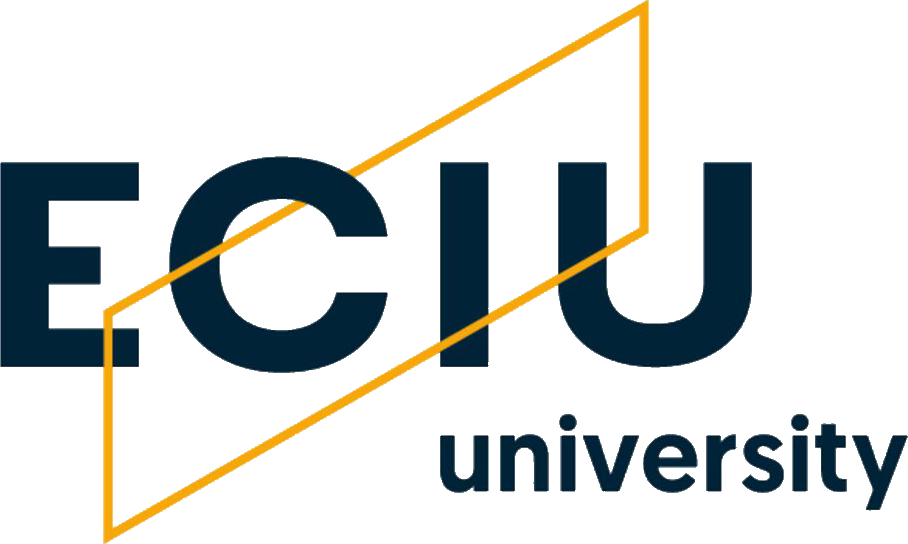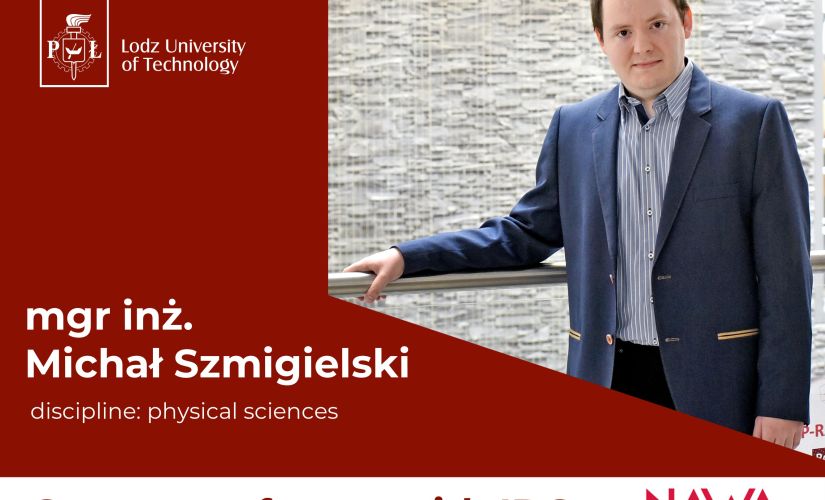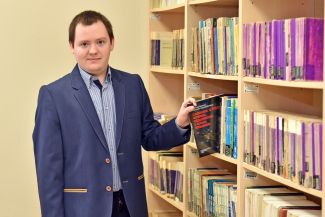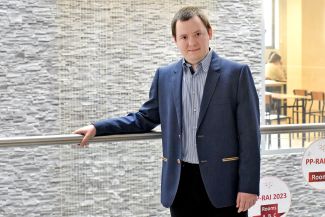When was your passion for physics born?
I became fascinated with physics as early as junior high school when I started to learn about this difficult yet beautiful field of science. It is exciting because it explains natural phenomena. It answers the fundamental question ‘why’ and tries to satisfy our curiosity. It teaches problem solving and logical thinking. It states the basic laws of nature in the language of mathematics. It combines theory with experiments and computer simulations. For me as a technical physicist, it is also fascinating to see how various physical phenomena can be used to construct devices without which we cannot imagine the modern world.
You are scientifically involved in liquid crystals. What are they?
Liquid crystals are organic substances that exhibit a unique state of matter, one between solid crystal and liquid. Therefore, they possess properties characteristic of both liquids (fluidity) and solid crystals (ordered internal structure). The most important characteristic underlying most applications of liquid crystals is that their optical properties - primarily transparency - can be controlled by an external electric field.
What are their uses in general and in devices?
Liquid crystals are used in the construction of displays which are used in many of today's electronic devices. Today, we cannot imagine our lives without smartphones, smartwatches, tablets, laptops, flat-screen TVs, or computer monitors. These devices would never have been developed if it had not been for years of scientific research into liquid crystals. The use of these original substances has made it possible to reduce the thickness of displays, reduce power consumption and achieve very good image contrast. It is also worth mentioning the more specialised applications of liquid crystals. For example, liquid crystal light modulators are used in optoelectronics and in medicine - diagnostic monitors based on this technology.
What is the research objective of your PhD?
My work deals with the elastic properties of a particular liquid crystalline structure, namely the nematic twist-bend (NTB) phase. The existence of this phase was theoretically predicted as early as the 1970s, but it was only in 2011 that it was identified experimentally. According to current research, the NTB structure has attractive properties from the application point of view. The phenomena that occur in it under the influence of an external electric field make it possible to construct even faster and more energy-efficient displays. There is also talk of developing a field-sequential colour (FSC) technology. In a typical display, colour reproduction is based on a mosaic of colour filters. Each pixel consists of three sub-pixels - red, green, and blue. By varying the intensity of light passing through each sub-pixel, different colours can be obtained. In field-sequential colour displays, the red, green, and blue images are displayed sequentially, at a very fast rate. Thanks to so-called time synthesis, the observer has the impression of a full-colour image. FSC displays are characterised by brighter colours and higher resolution than typical liquid crystal displays. They are ideal for presenting virtual and augmented reality.
What are your research methods?
My research into the elastic properties of the NTB phase is theoretical in nature and is largely based on computer simulations. I am trying to determine how the NTB structure is affected by the material parameters present in different models of elastic properties. I am researching what conditions these parameters must fulfil in order for the NTB phase to be stable. In addition, I carry out simulations of deformations occurring under the influence of external fields. I use various mathematical and computer methods in my work. I independently prepare the programmes that perform the calculations. I believe that the obtained results can provide extremely valuable guidance for engineers designing liquid crystal devices.
What are the strengths of IDS?
Education at IDS is an opportunity to broaden your knowledge, not only in your own discipline, but also in related fields. In our classes, we develop skills that are essential in the work of any scientist - such as writing articles or managing scientific projects. The training is conducted in English, which allows us to improve our language skills. I find the opportunity to meet professors and doctoral students specialising in other disciplines extremely valuable. This allows you to gain a fresh perspective on the problems you deal with in your research.



